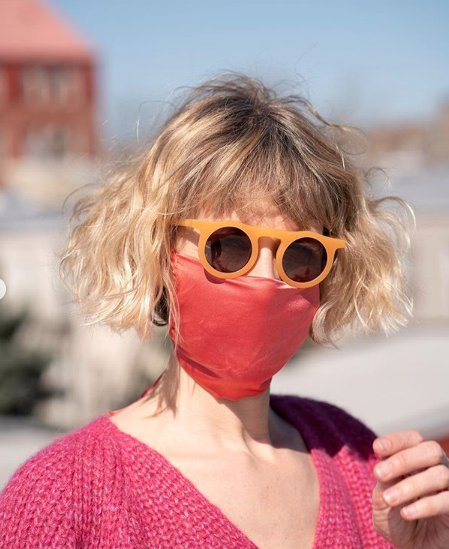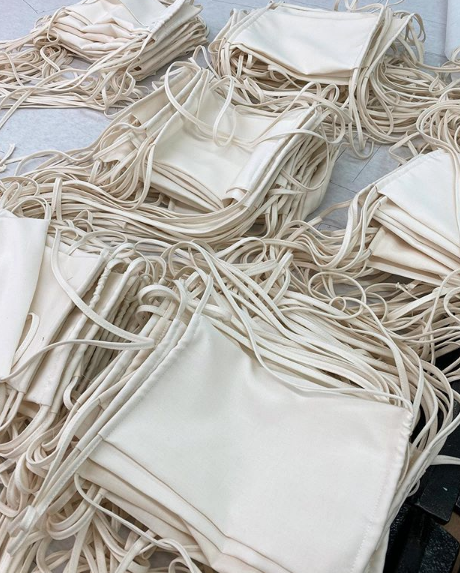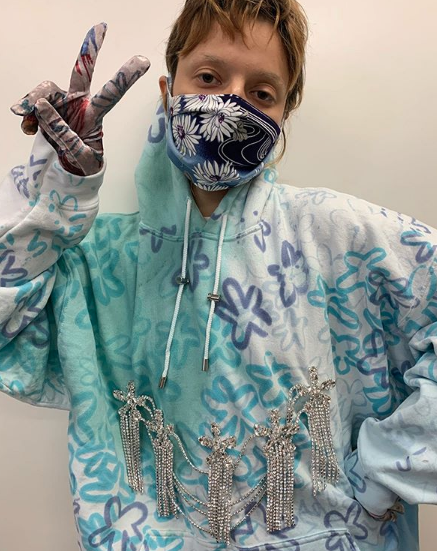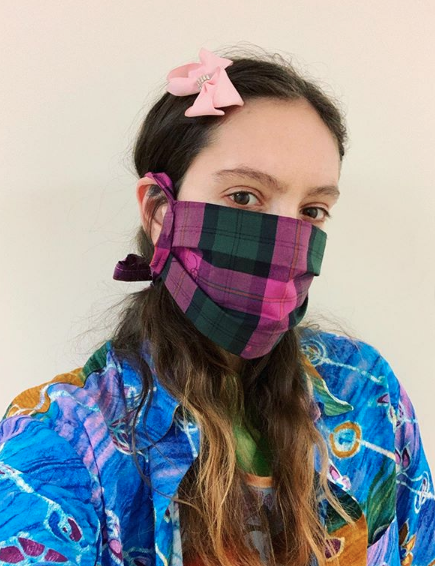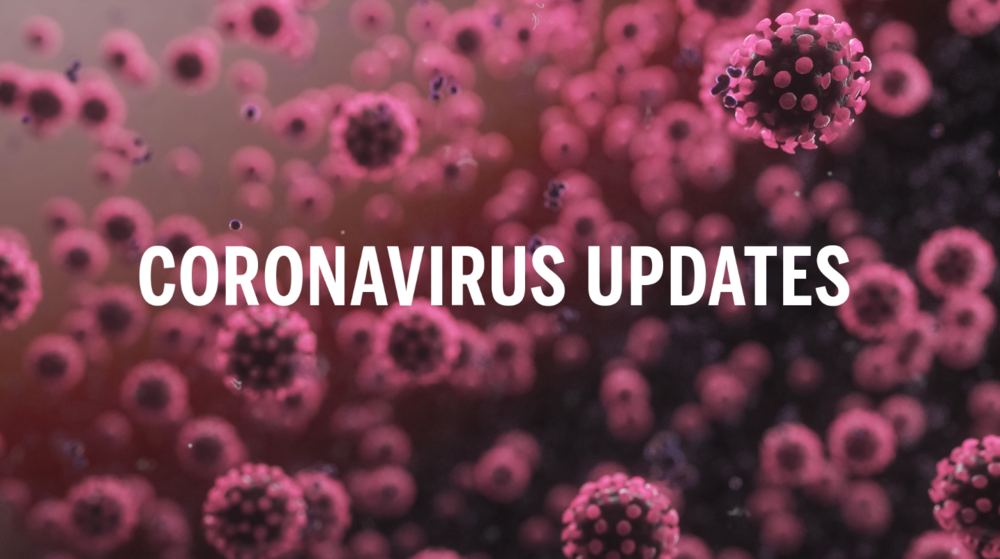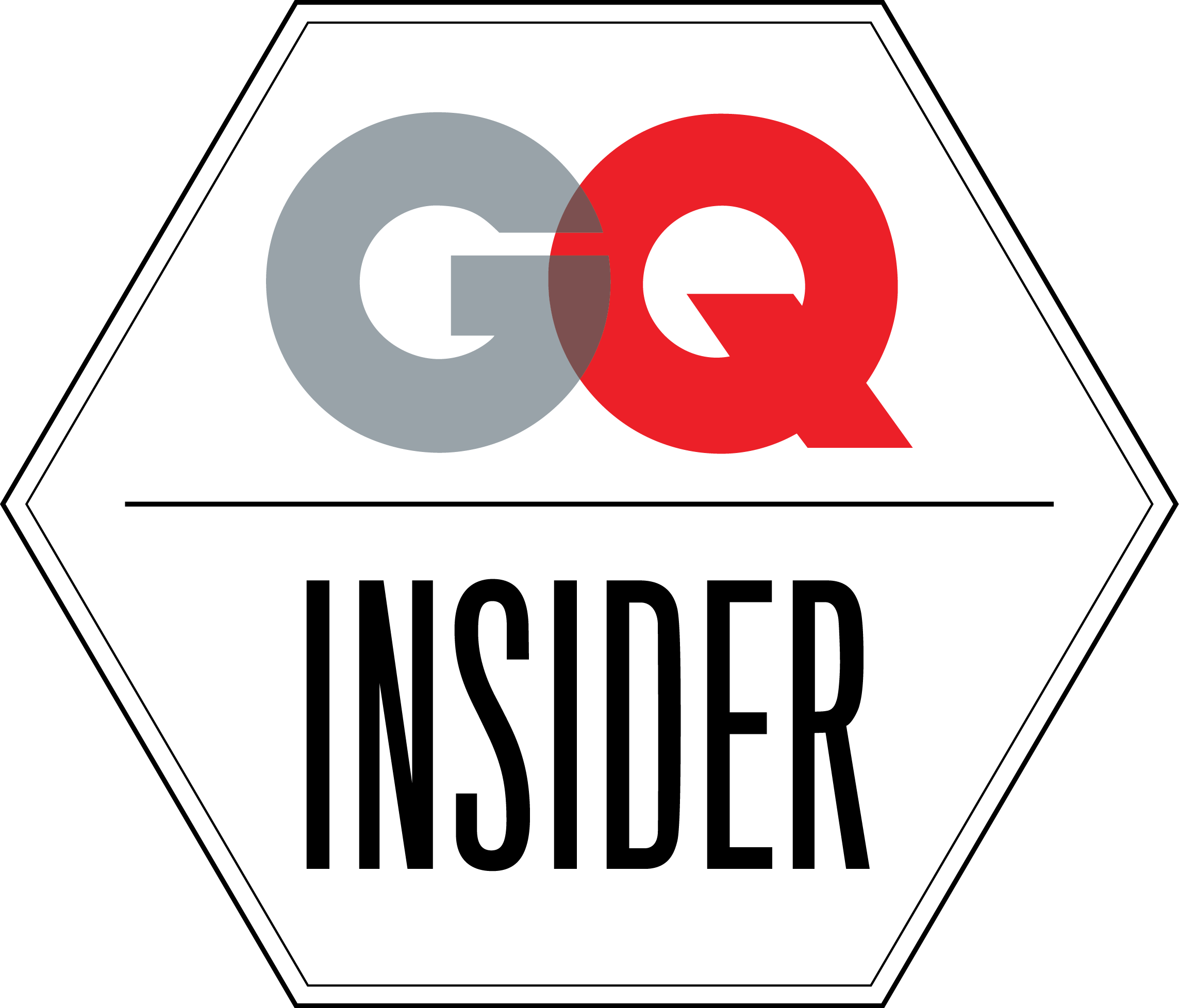Wearing Masks - A Vogue Perspective
/Masks may become the most essential must-have, life-saving fashion accessory and EMILY FARRA wrote an excellent piece for Vogue Runway about it:
When it comes to the United States’s handling of the coronavirus outbreak, a common refrain among colleagues and friends is that we aren’t taking enough cues from South Korea, Japan, and Hong Kong. The curve has been “flattened” in those places for a variety of reasons, one being that face masks were already a part of their cultures. In many parts of Asia, it’s customary to wear a mask (and maybe gloves, too) on the train, at the supermarket, or just walking around the city, regardless of your health; it’s a daily precaution, one that’s equally about self-protection as it is about protecting others. Meanwhile in the U.S., you’d be fairly shocked to see someone wearing a surgical mask at your local Whole Foods.
Even in the midst of a pandemic, the CDC has assured Americans for weeks that healthy citizens do not need to start wearing masks—first, because diligent hand-washing, social distancing, and staying home are widely considered the most effective ways to stop the spread, and second, because we need to reserve those medical supplies for healthcare workers. But as we prepare for the peak of COVID-19 diagnoses and our federal and local governments begin planning our eventual return to “regular life,” the CDC is apparently reconsidering its stance. In an NPR interview earlier this week, CDC director Robert Redfield said the agency is “aggressively reviewing” its data on masks worn by the general public. This comes after its discovery that potentially 25% of infected individuals are asymptomatic; the thinking seems to be that if you don’t know you’re sick but wear a mask anyway, your risk of inadvertently infecting others is lower. On Tuesday, President Trump essentially told Americans not to wait for further instructions and to start wearing a mask if they please—though, like the CDC, he warned that we should not buy N95s or surgical masks, which are already in dangerously short supply at hospitals. Instead, we should pick up bandanas or fabric masks, or simply make our own. Conventional fabrics like cotton will block liquid droplets and can provide incremental protection against airborne particles, as opposed to an N95, which, as the name suggests, blocks 95% of particles—precisely why a fabric mask is not suitable for a doctor or nurse treating COVID-19 patients.
As I wrote last week, designers who are eager to help should make fabric masks for their customers and educate them about why “regular people” shouldn’t aggravate the medical supply shortage even more. If the CDC does change its recommendations and we see a surge in civilian demand for masks, that message will be even more crucial; the biggest argument against a nation-wide mask recommendation is that we might panic and start buying up those hard-to-get medical supplies at inflated rates, making the dire shortages even worse.
But maybe that’s an alarmist concern; the people who were going to ignore the “rules” and order medical masks online probably already did it. Or they’re going to do it no matter what the CDC says. In an op-ed for the New York Times, Zeynep Tufekci, a University of North Carolina professor specializing in the social effects of technology, argued that the CDC’s original guidance—that the public doesn’t need masks and should reserve them for healthcare workers—may have started the problem in the first place by confusing people and inspiring them to do the exact opposite: “Unfortunately, the top-down conversation around masks has become a case study in how not to communicate with the public, especially now that the traditional gatekeepers like media and health authorities have much less control. The message became counterproductive and may have encouraged even more hoarding because it seemed as though authorities were shaping the message around managing the scarcity rather than confronting the reality of the situation.” She also wrote: “Research shows that during disasters, people can show strikingly altruistic behavior, but interventions by authorities can backfire if they fuel mistrust or treat the public as an adversary rather than people who will step up if treated with respect. Given that even homemade masks may work better than no masks, wearing them might be something to direct people to do while they stay at home more, as we all should.”
On that note, several designers are already hard at work making fabric “civilian masks” and even showing you how to make your own. Coperni’s Arnaud Vaillant and Sébastien Meyer shared a pattern for a fabric mask on their website a couple weeks ago, plus a step-by-step Instagram video (which even a novice should be able to follow—you just need scissors, fabric, and a needle and thread). “We were inspired [to start making masks] by our family, most of whom work in the medical field,” Vaillant and Meyer wrote to Vogue in an email. “We immediately wanted to help, even with our limited assets. The idea is to leave the FFP2 approved protective masks [a European standard that equates to N95 masks] to the medical staff, and encourage the population to make their own masks for everyday life.” They soon received hundreds of photos from Instagram followers and friends all over the world who used their pattern to sew a mask. “It was surprising to see the links that were created between different people around the world who were experiencing the same situation and were looking for solutions,” the designers add. “A bond of solidarity and support has been built around this cause all over the world.”
While Vaillant and Meyer currently don’t have the capacity to produce and sell masks on their website, they had another idea for brands that want to help: “We strongly encourage luxury houses and groups around the world to donate their stock of unused textiles to produce ‘mask-making kits’ to be given or sold to the general public. We will be happy to help in the development and conception of such a project.”
In New York, Collina Strada’s Hillary Teymour has been sewing masks with leftover fabrics in her studio with pretty results, from daisy prints to acid plaids. She’s already donated many of them to the Masks 4 Medicine initiative; while they aren’t a substitute for medical-grade masks, some doctors and nurses are using them as “covers” over their N95s to extend their lifespan, since they’re now forced to reuse them repeatedly. After sharing photos of the masks on Instagram, demand from Teymour’s customers spiked instantly. “I had so many [Instagram] DMs from people asking for the masks,” she says. “I felt weird about exploiting a product and selling something that is an essential need, so we started just giving them away for free with all purchases on our e-commerce site. But now I feel like people are just buying product [on our site] to receive a mask, so I’m figuring out a good price point to move forward with them.”
Lia Kes, the founder of sustainable New York label Kes, began selling upcycled cotton and silk masks on her website last week. She’s also been wearing one anytime she’s outside: “I haven’t left home without a mask in the past few weeks, and neither have my kids and our team,” she says. “The reaction from our Instagram followers, clients, and influencers has been supportive—we’ve never experienced as much online traffic as we are [now], and the reaction is heartwarming.” It’s a nice bonus that her masks come in luxe materials and shades of berry and ivory. In addition to selling them to civilians, proceeds of the masks will also go towards buying medical supplies for healthcare workers.
In the coming weeks, it’s fair to assume dozens more designers will start making fabric masks for civilian use, whether or not it becomes an official CDC mandate. It’s a sharp pivot from what we saw just two weeks ago, when designers were more focused on sewing masks for healthcare workers. When it became clear that wasn’t going to work—mostly because fabric masks don’t offer enough protection, and N95s can only be produced in FDA-approved factories—the CFDA encouraged them to explore making other types of PPE, as well as fabric masks for people like us. If you’re in the market for one right now, consider the masks by Threeasfour; Citizens of Humanity; Maison Modulare, a new line of sustainable products by Hiraeth’s head designer Chrys Wong; and Lingua Franca, which isn’t selling masks, per se, but has shared virtual tutorials for hand-stitching your own. Rachel Comey also shared a how-to video on Instagram for making a fabric mask at home.
Selfies are certainly about to look a lot different, especially here in New York where cases of COVID-19 have risen to more than 47,000. But before you panic and wear your mask 24/7, my sister—a NICU nurse who wears them often—warned me of their vaguely dehumanizing effects. If you can’t see someone’s face, you can’t fully read their emotions or see their smile, and those connections are more important than ever these days. The advice we’ve heard is to wear a mask only when you’re out of the house and it makes you feel safer, not when you’re on the couch FaceTiming your mom. Plus, you’ll need to take off your mask to properly sanitize it: “It’s important to wash them daily,” Teymour insists. “You need to treat your mask like workout clothes. If you worked out super hard the day before, would you wear the same clothes the next day?” Hand-wash yours in warm, soapy water, and let it dry completely overnight. If you’re looking to help other people get masks, too, Teymour says New York’s Division of Child Protection is accepting fabric masks for at-risk children. “I can only make so many, so anyone who can sew can help,” she says. “We’re stronger together.”
Source: Vogue
FASHIONADO


